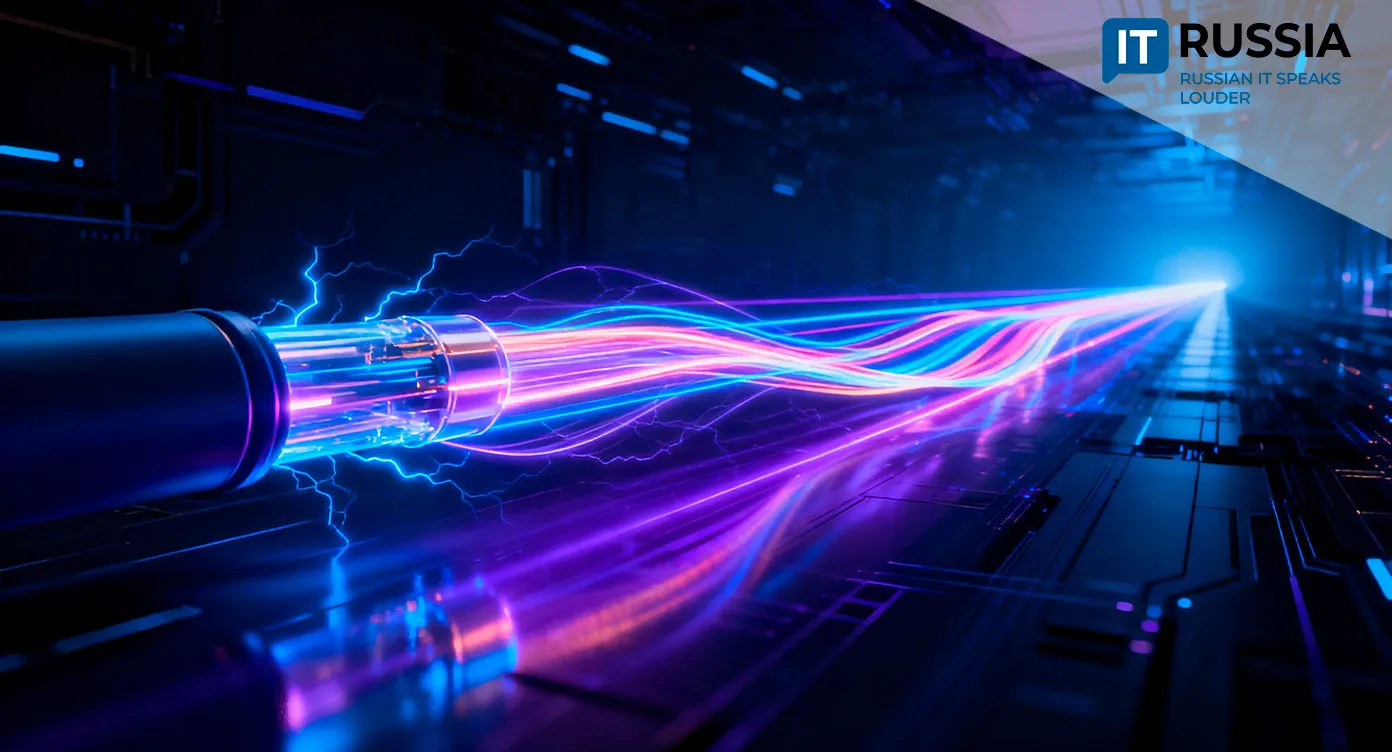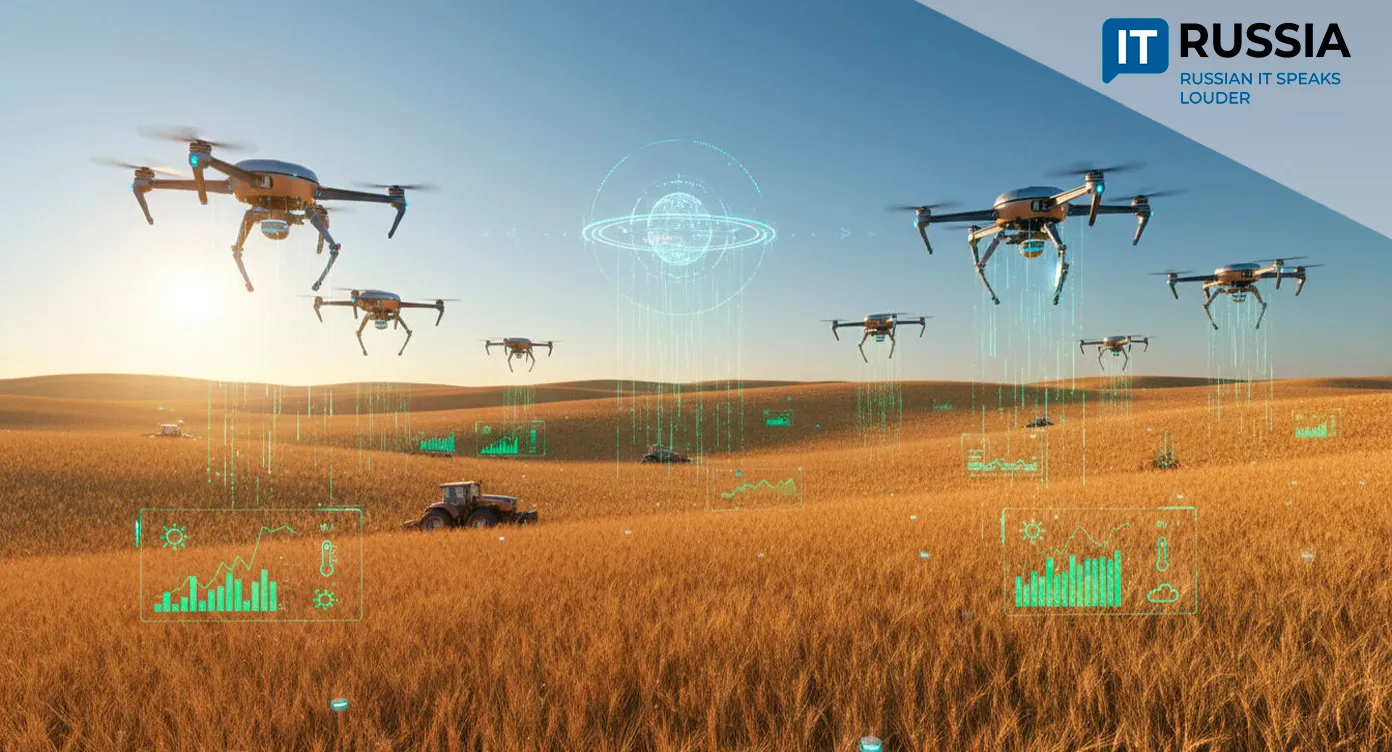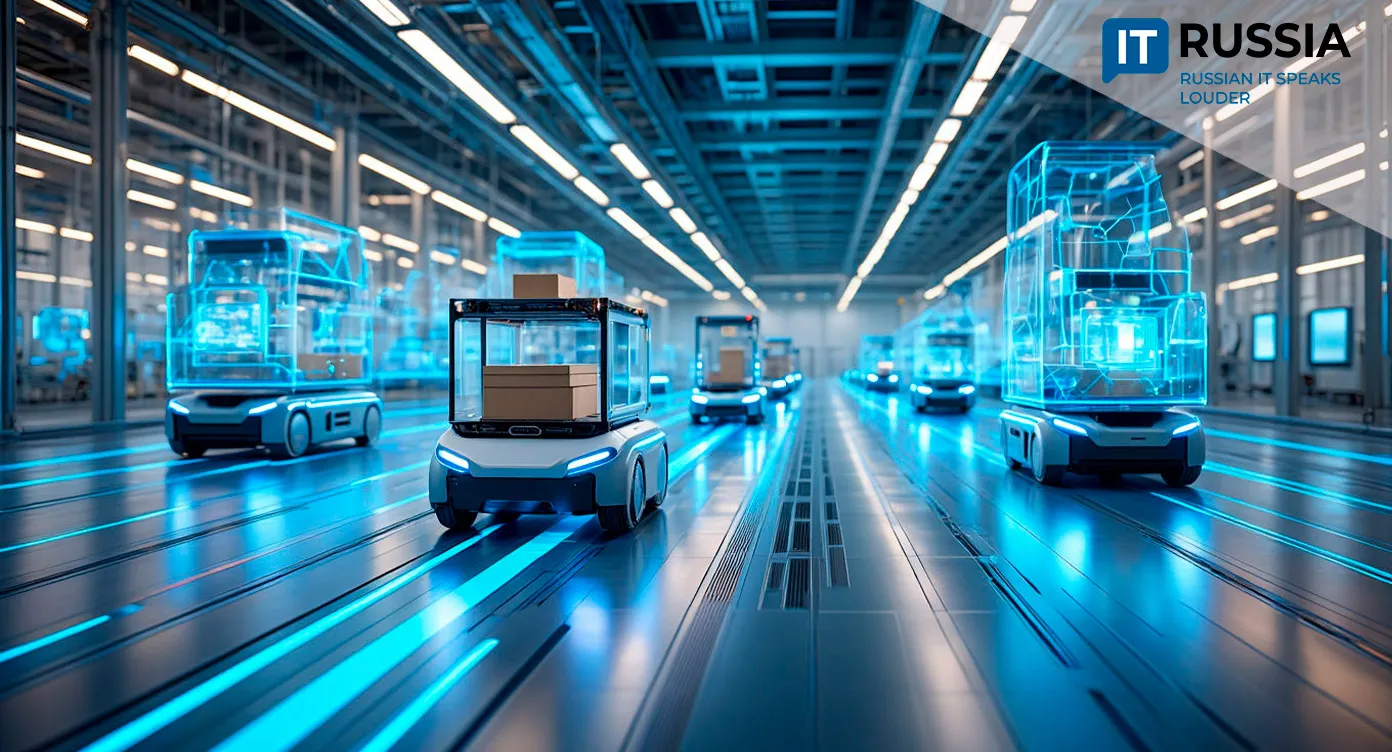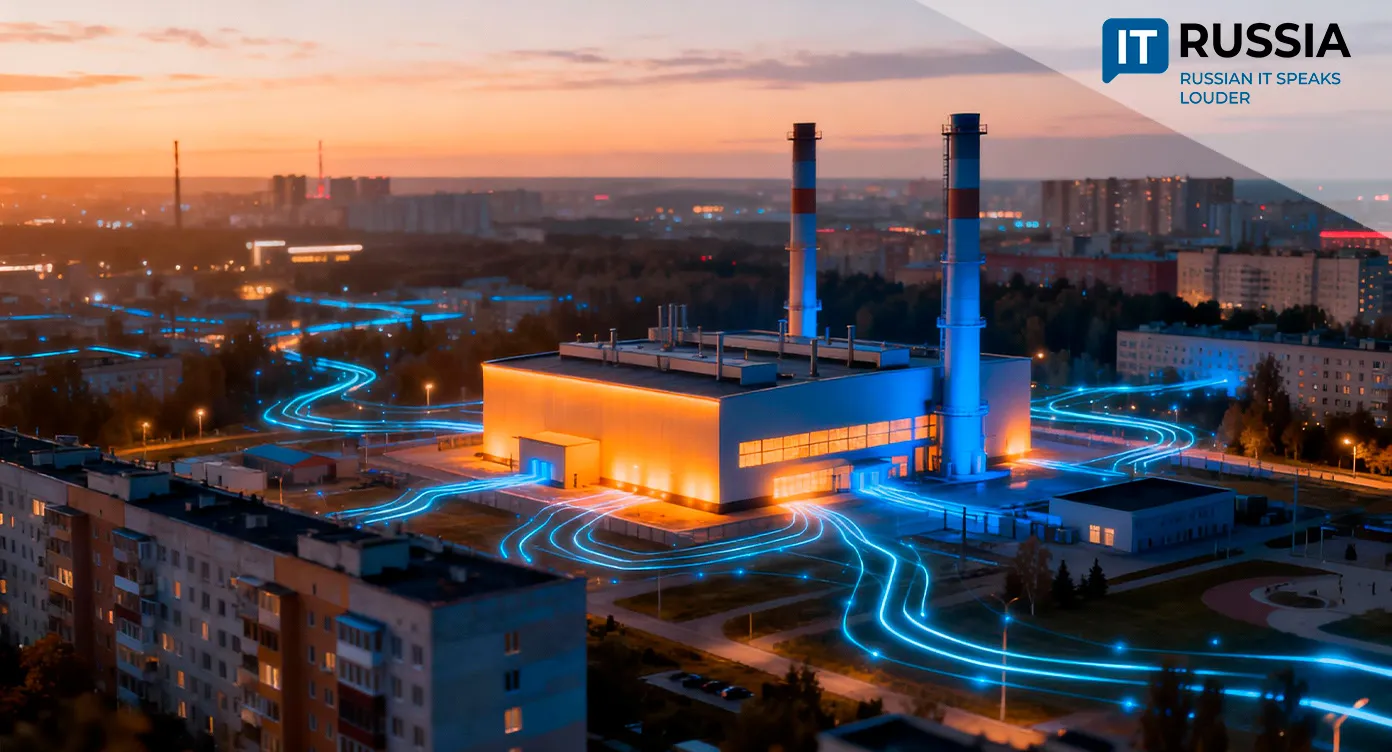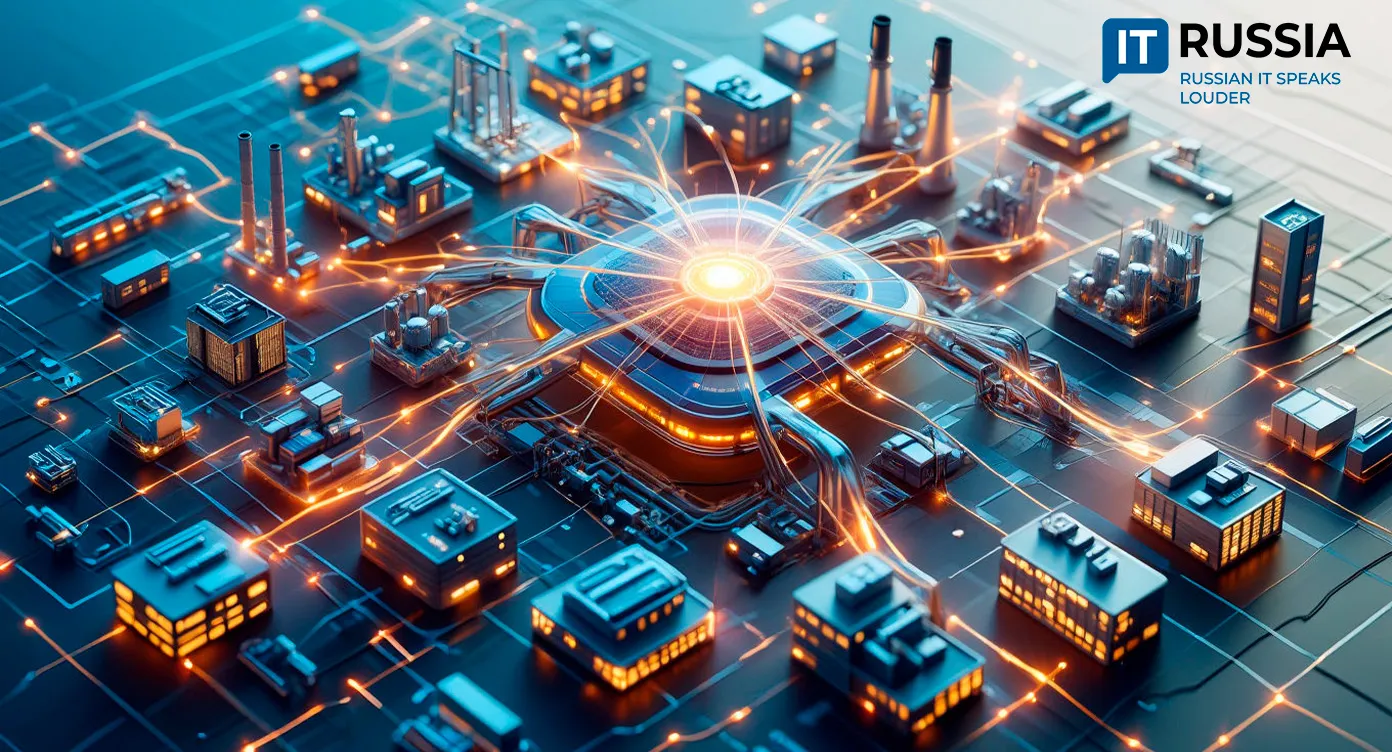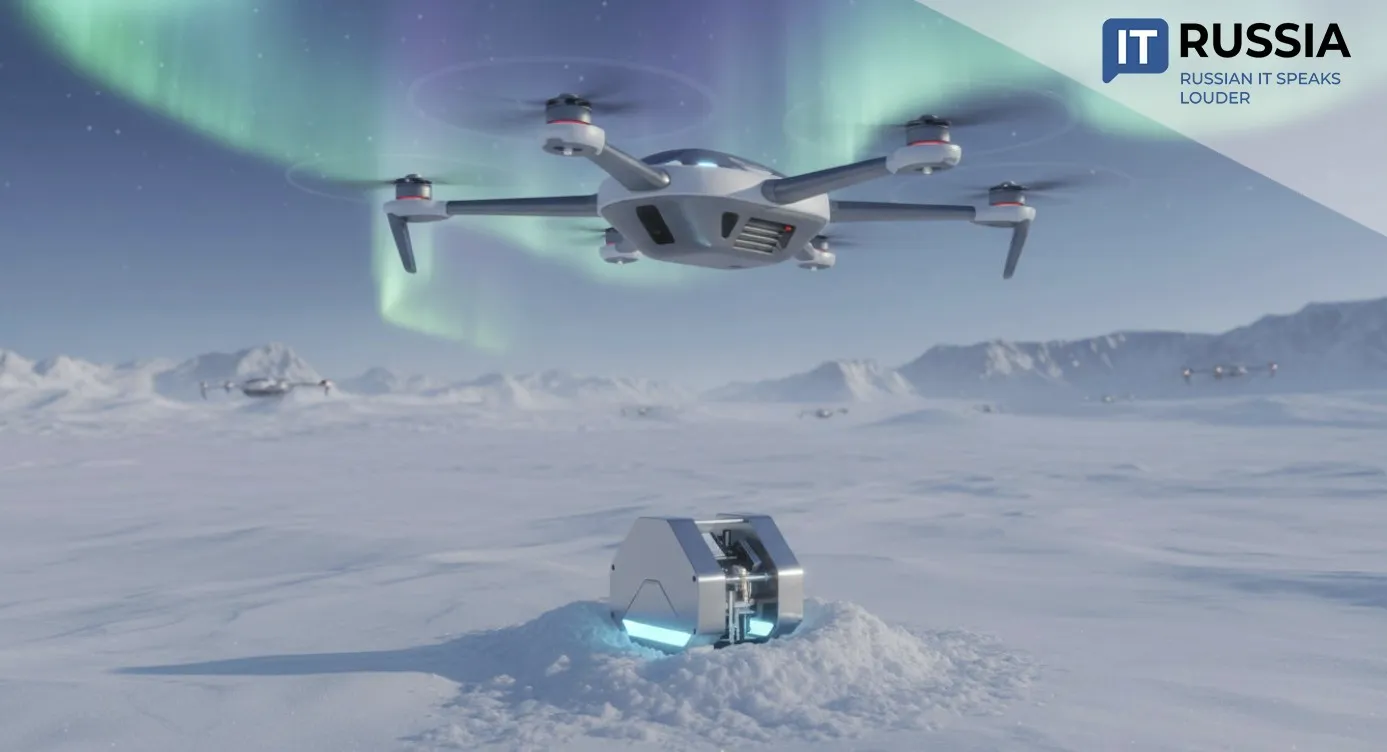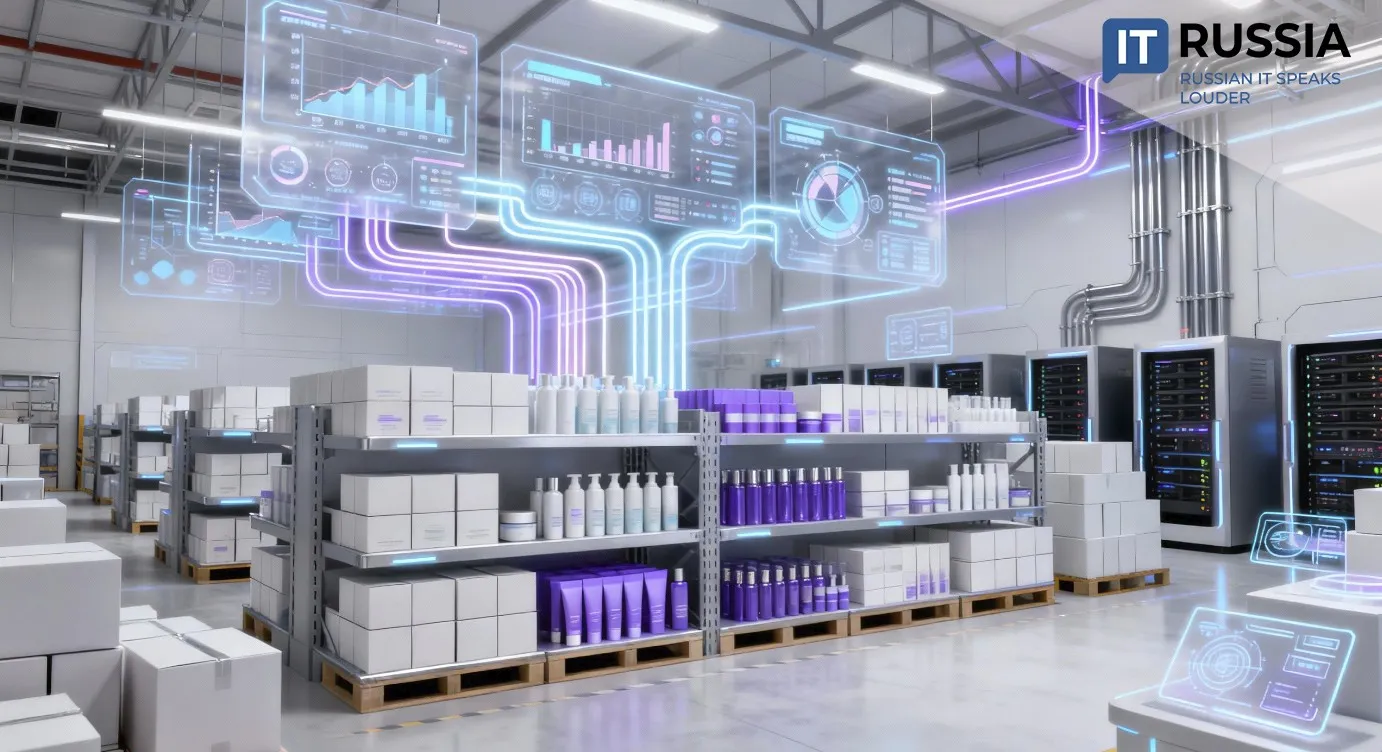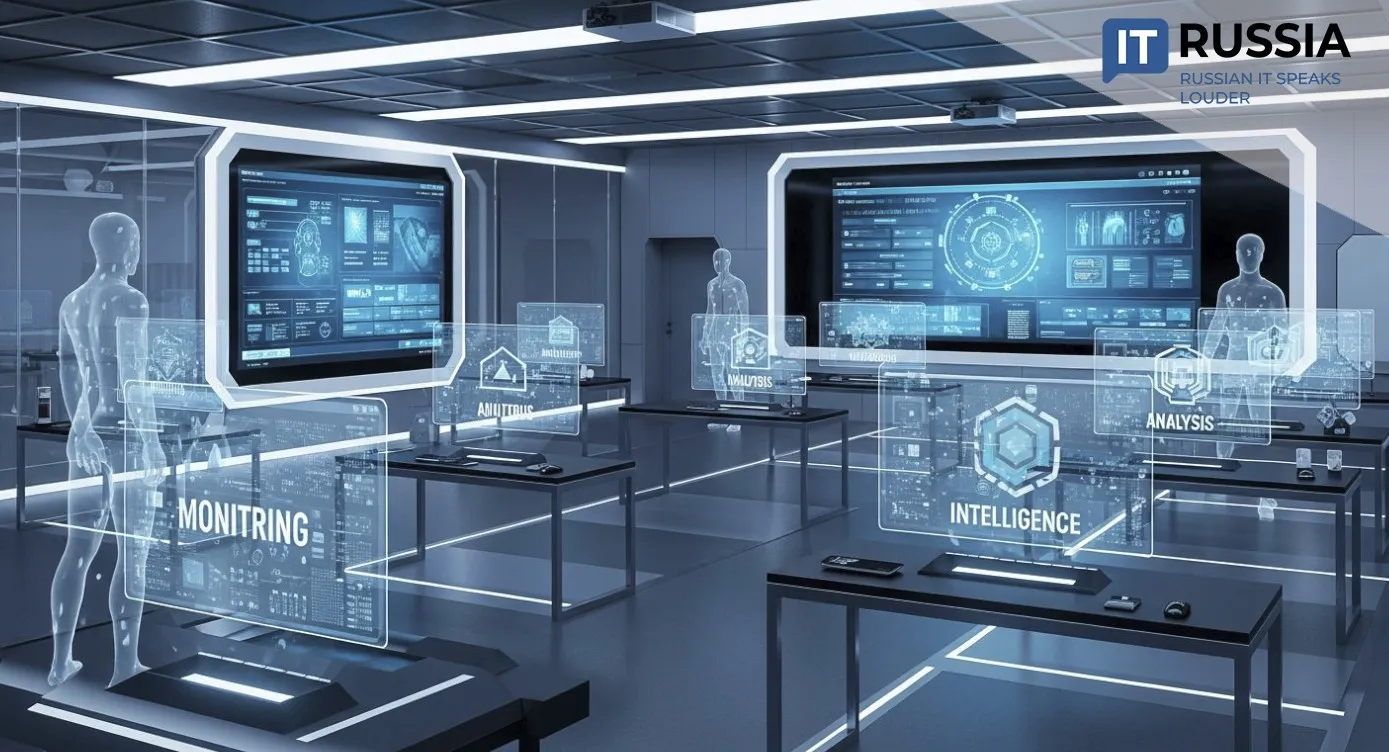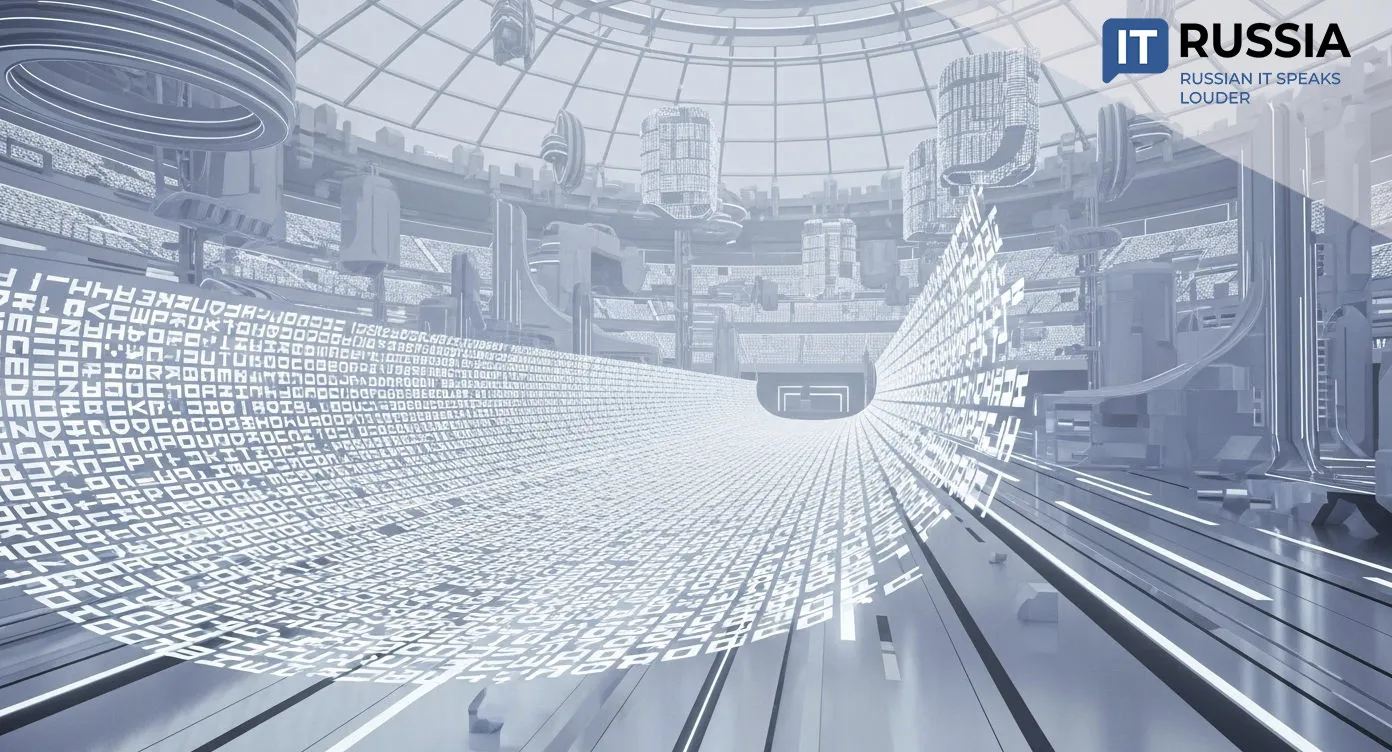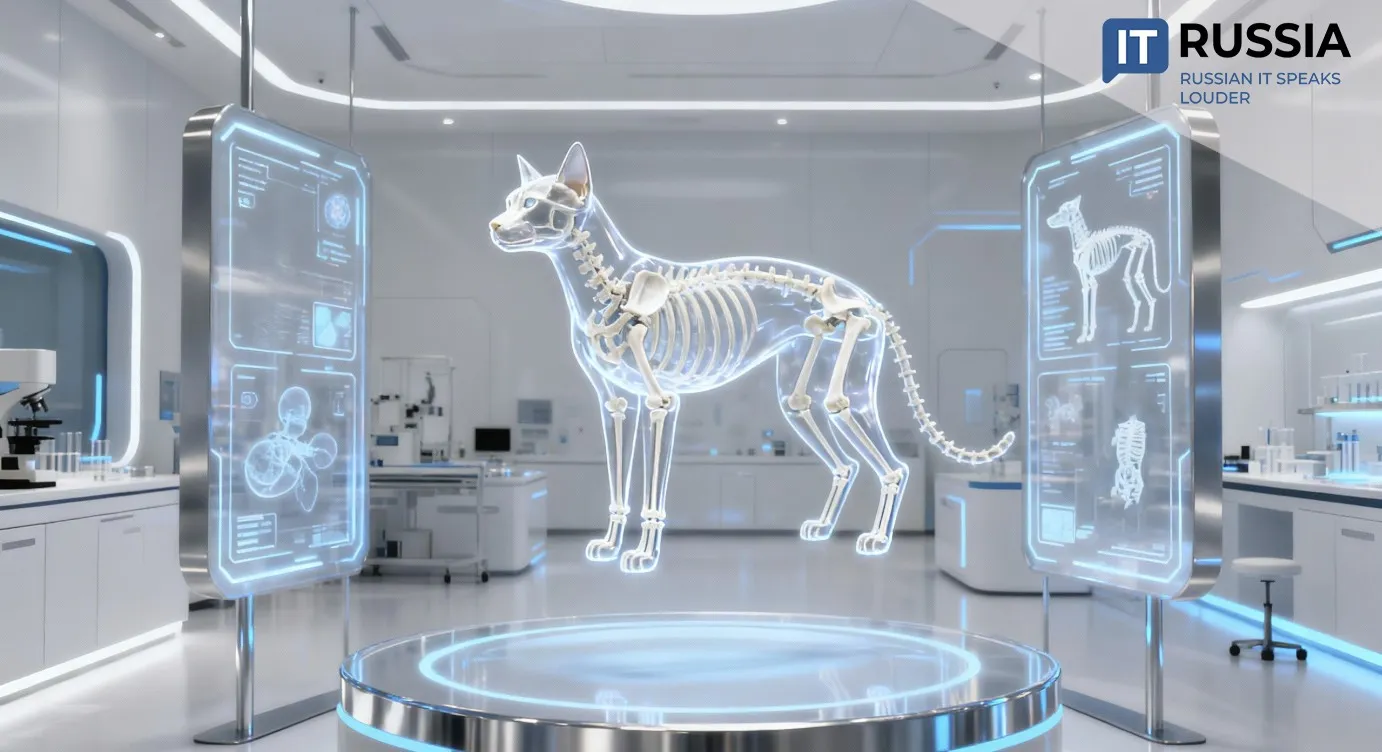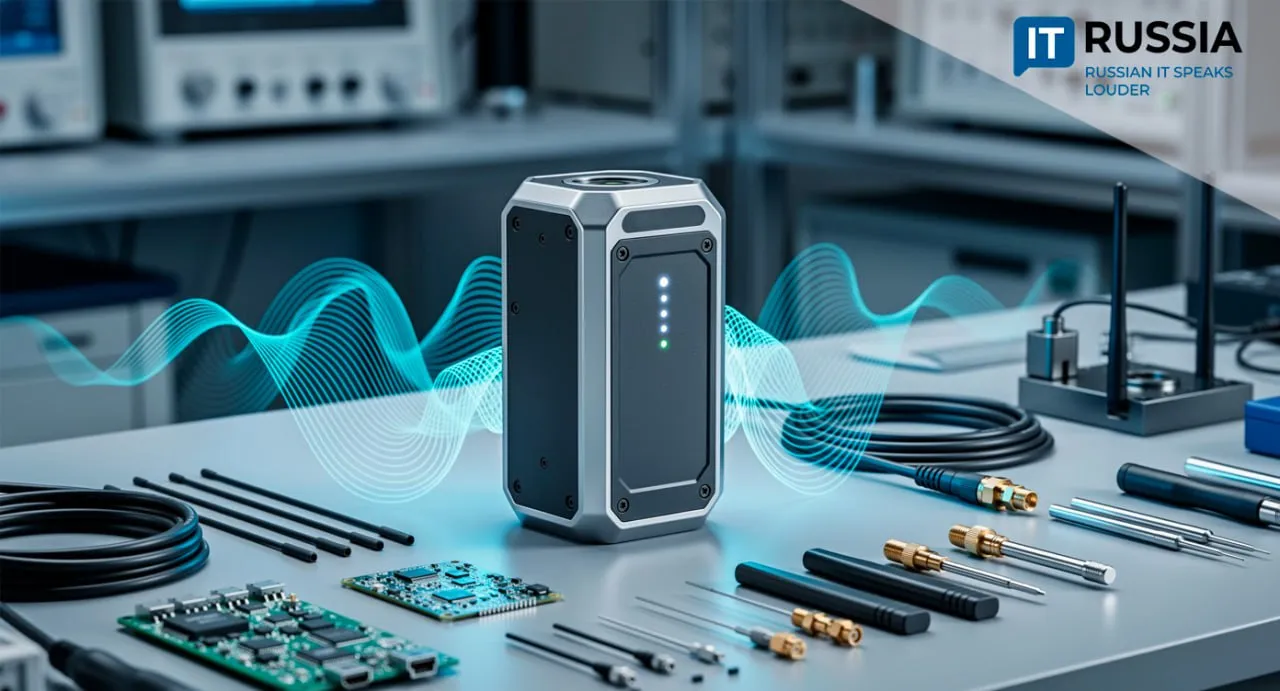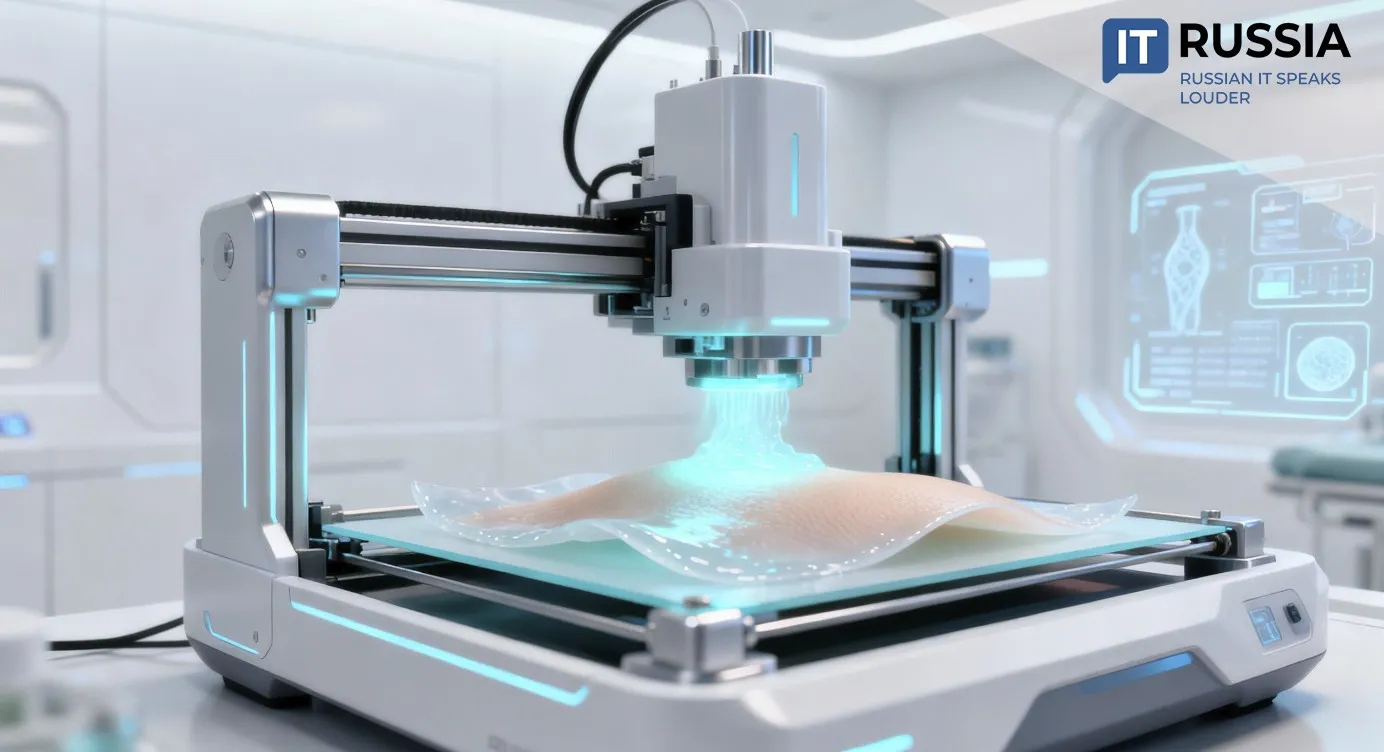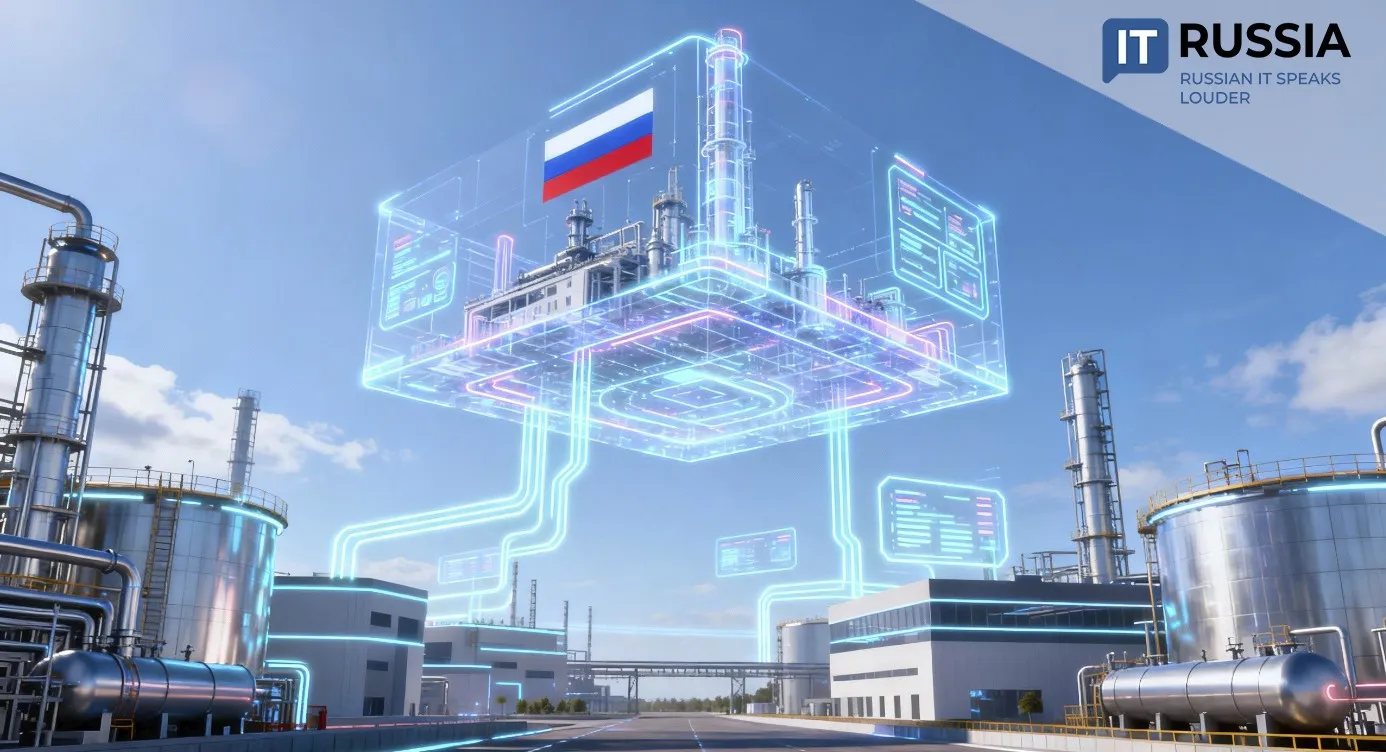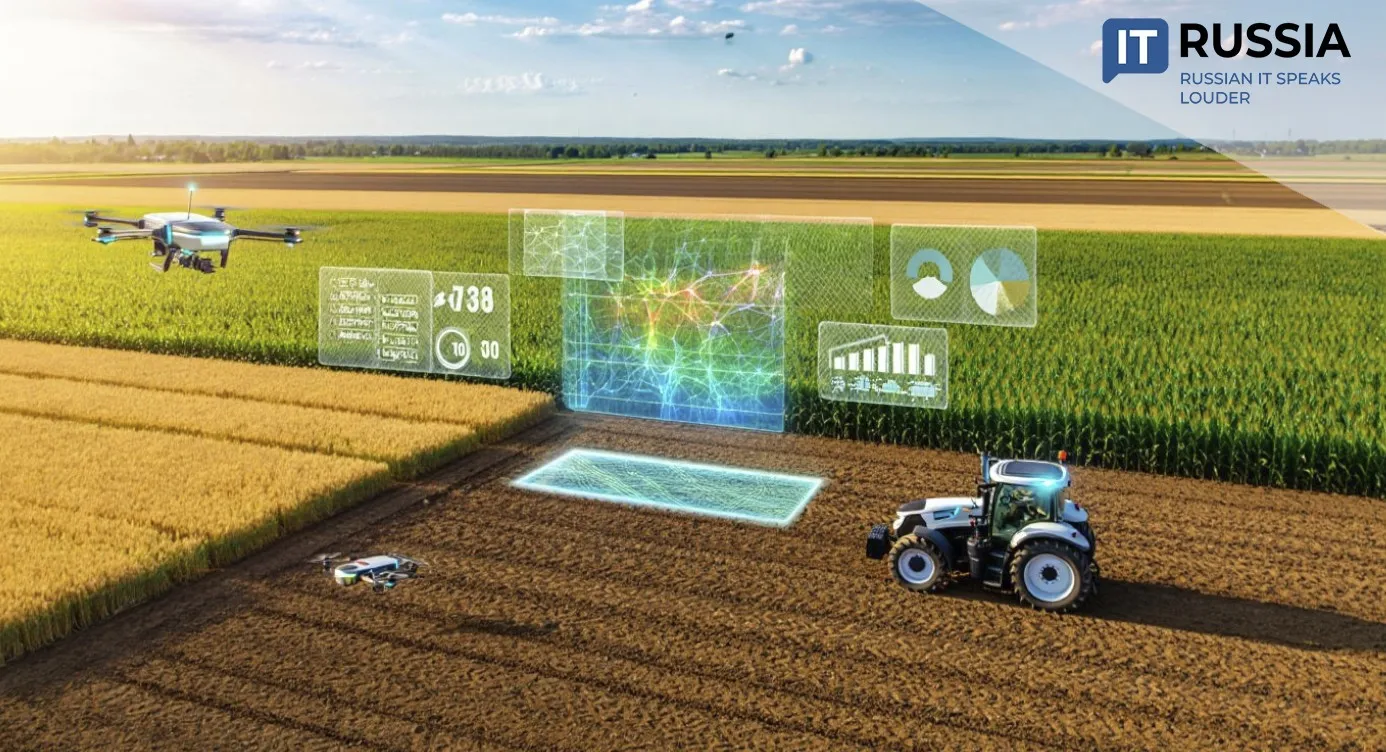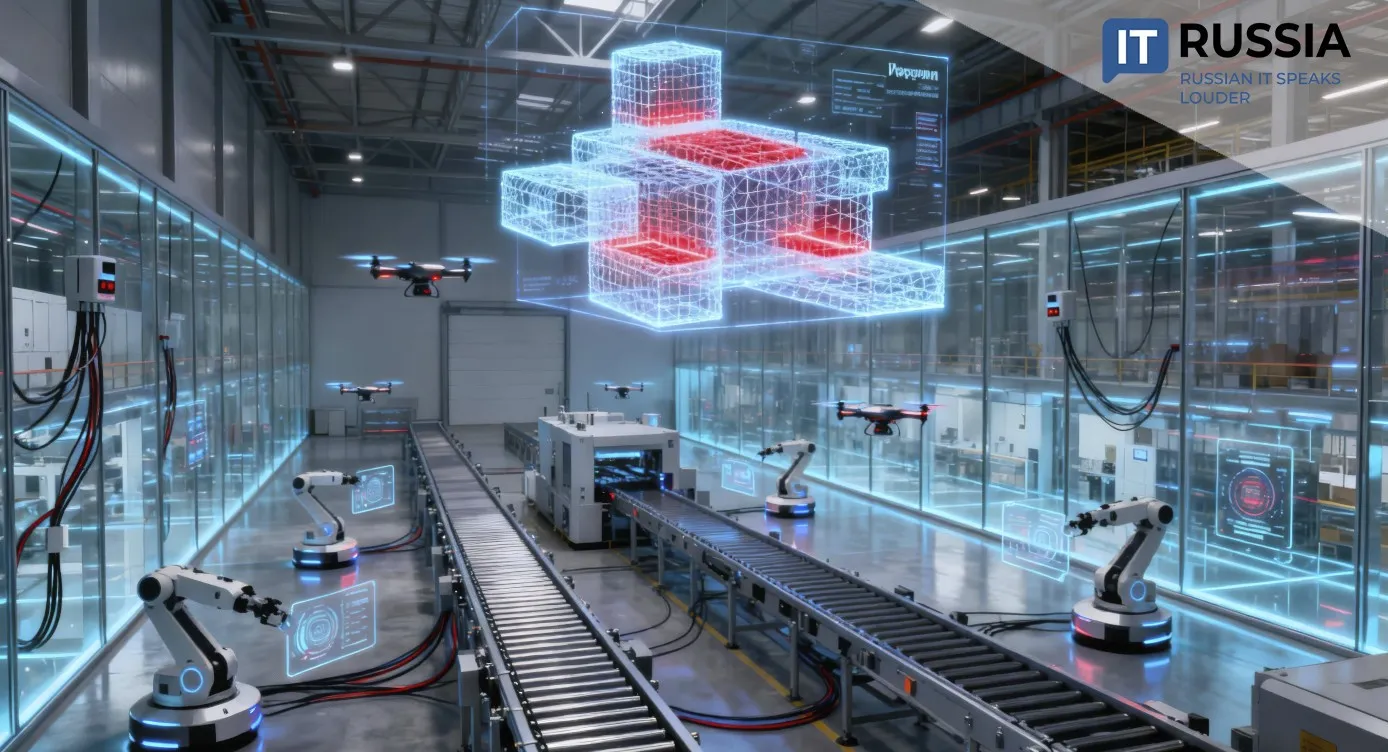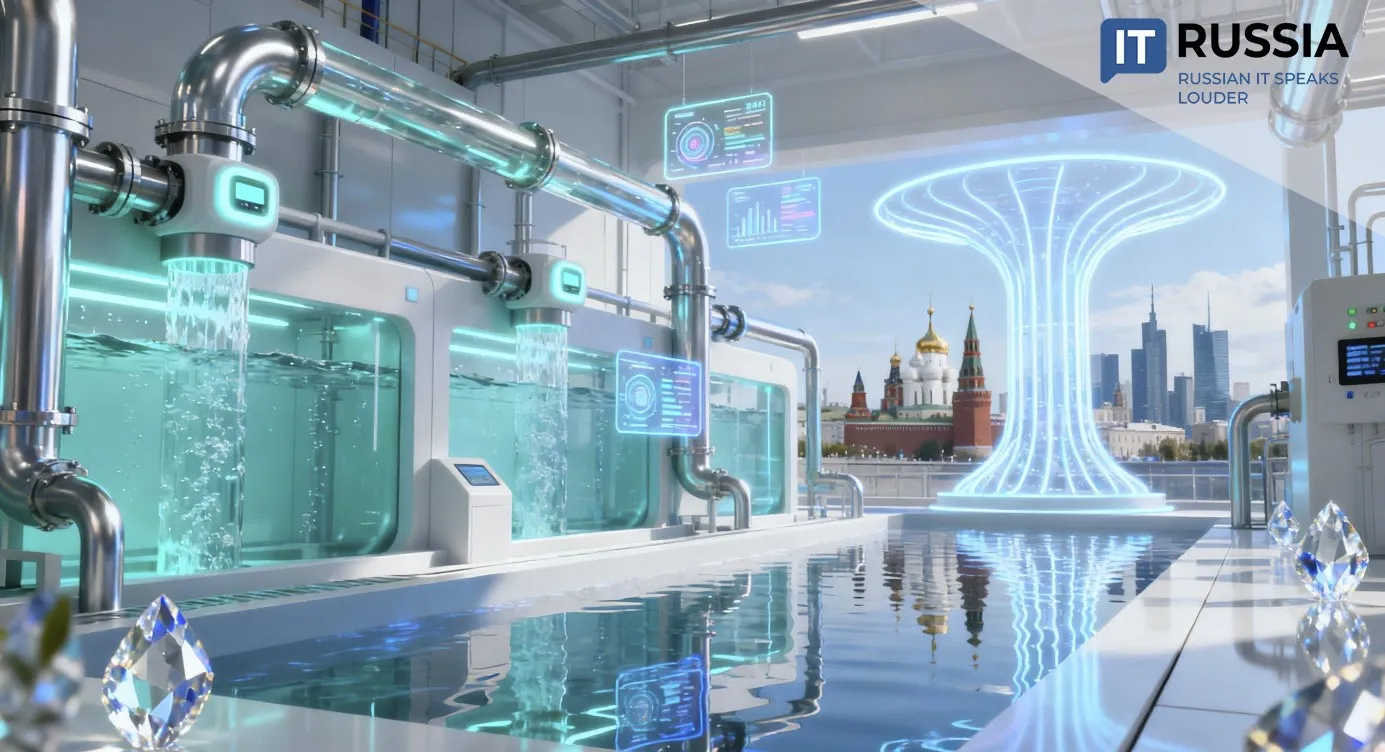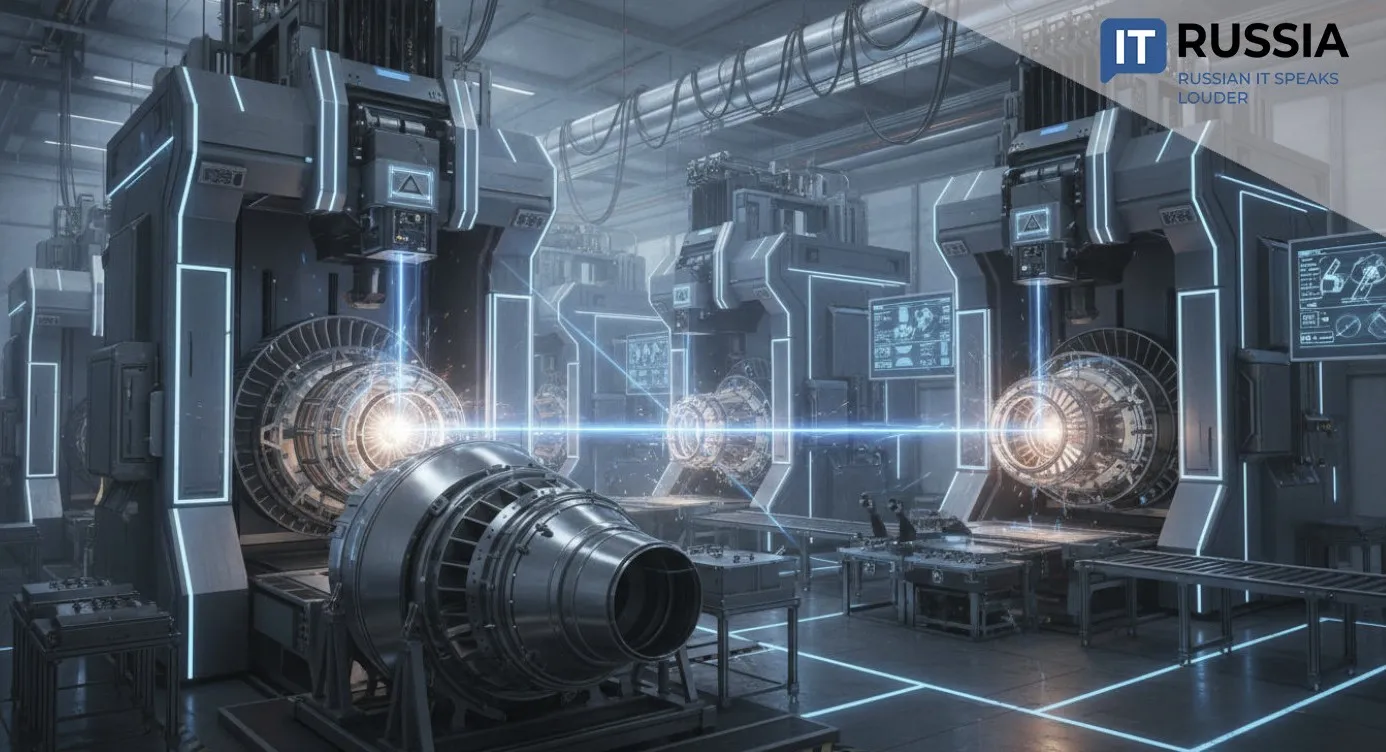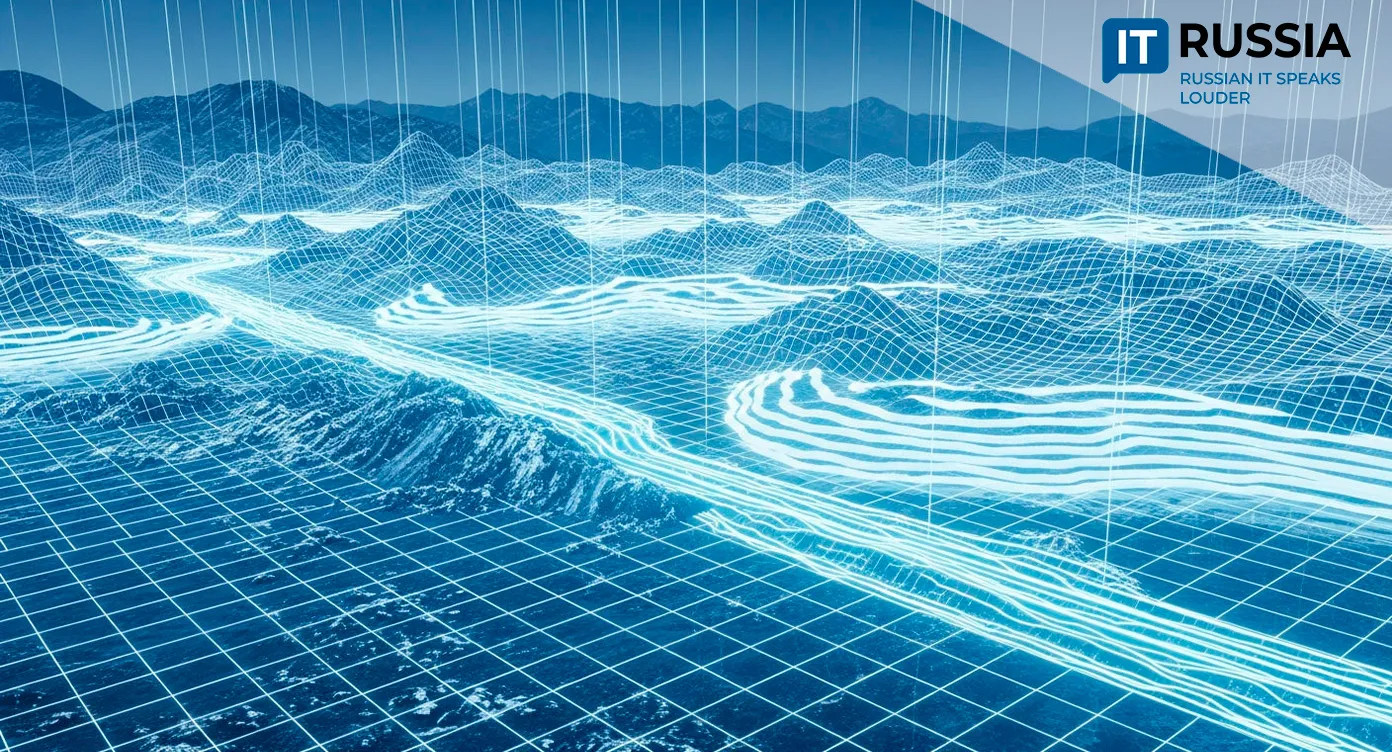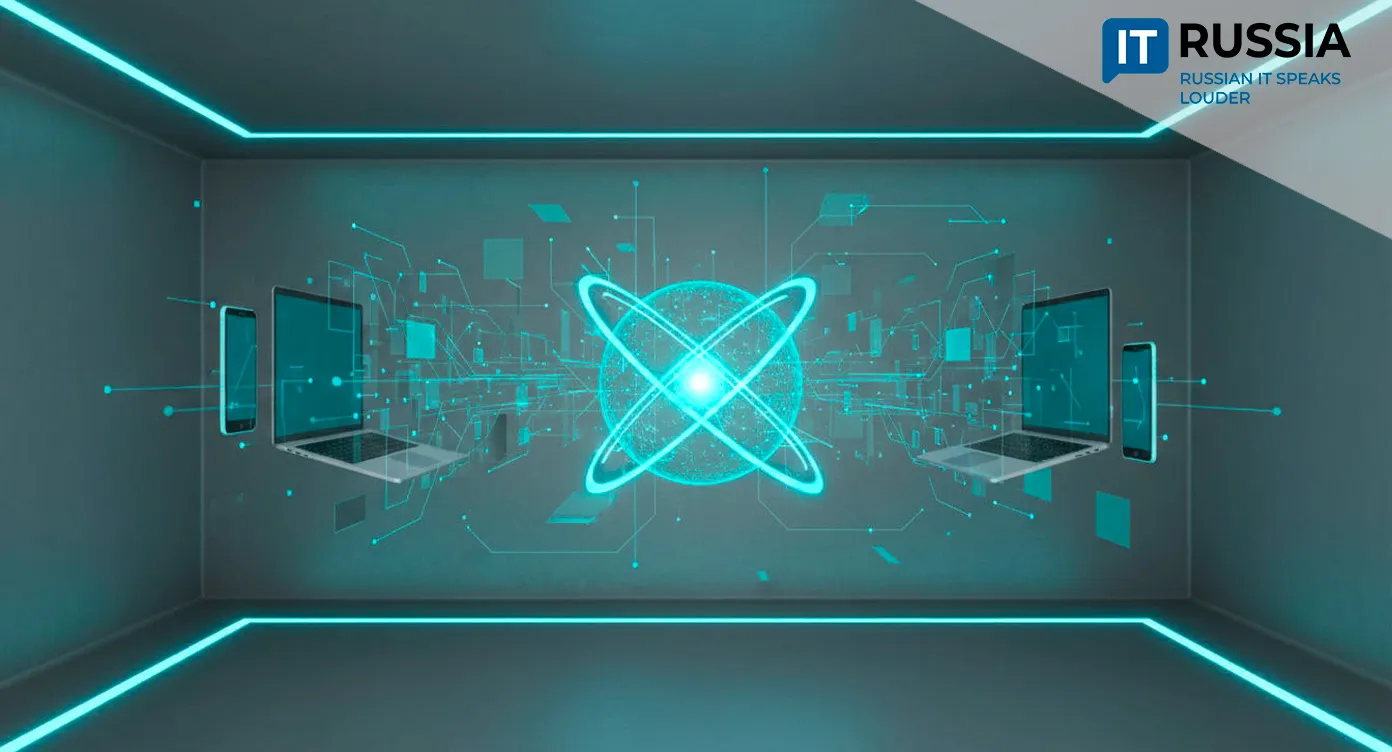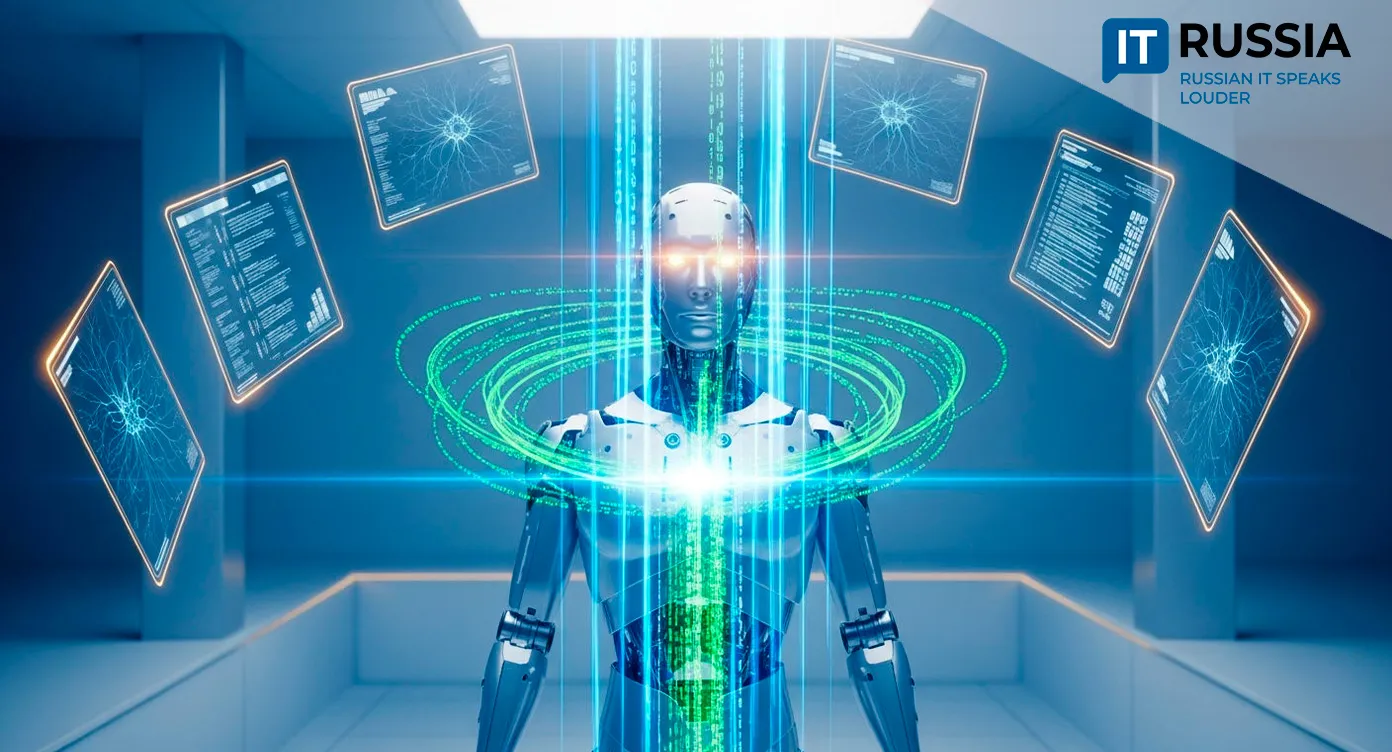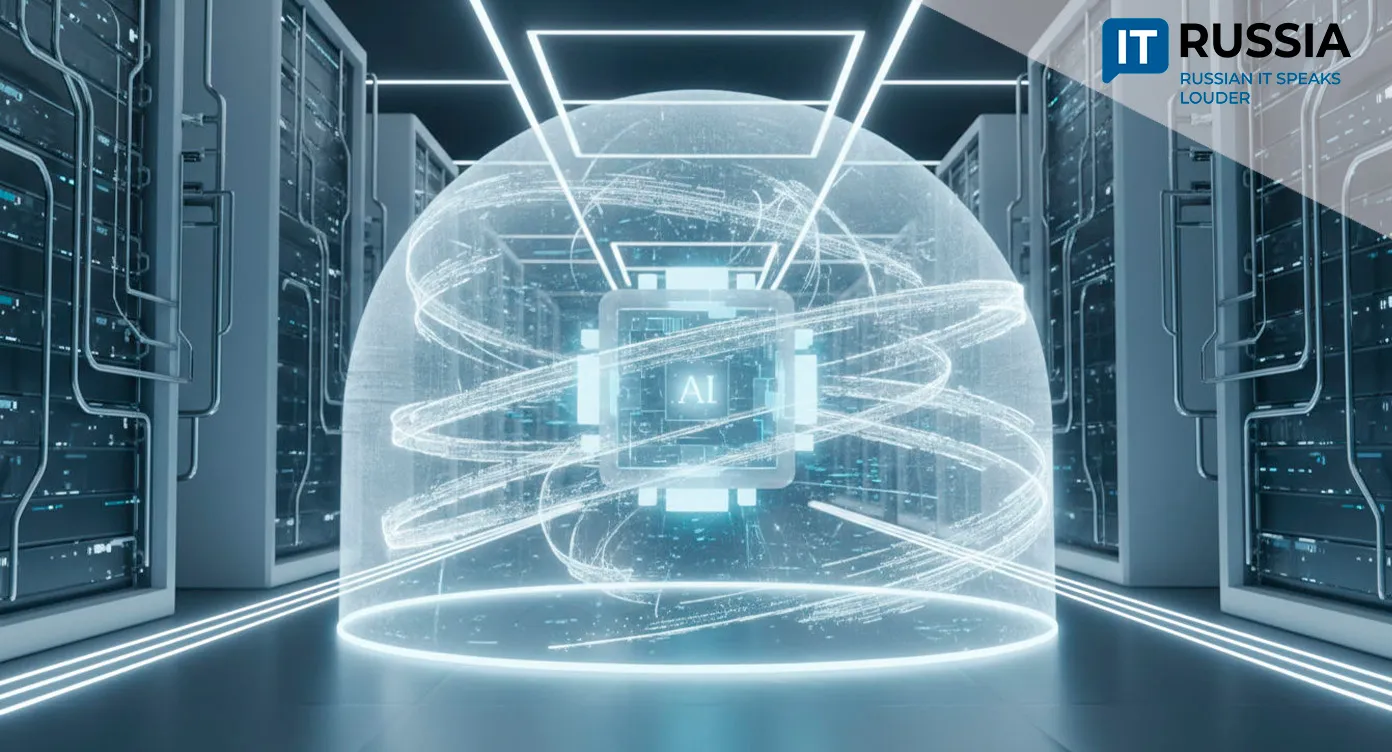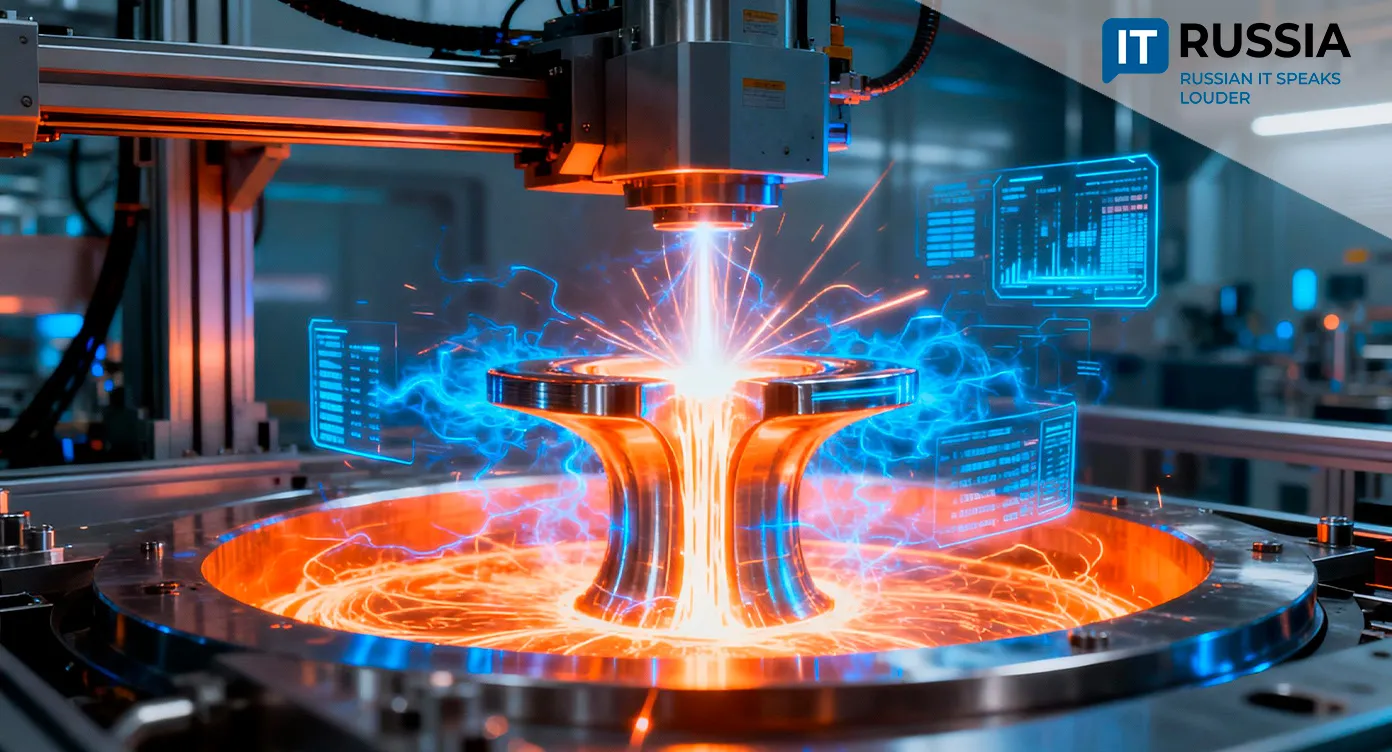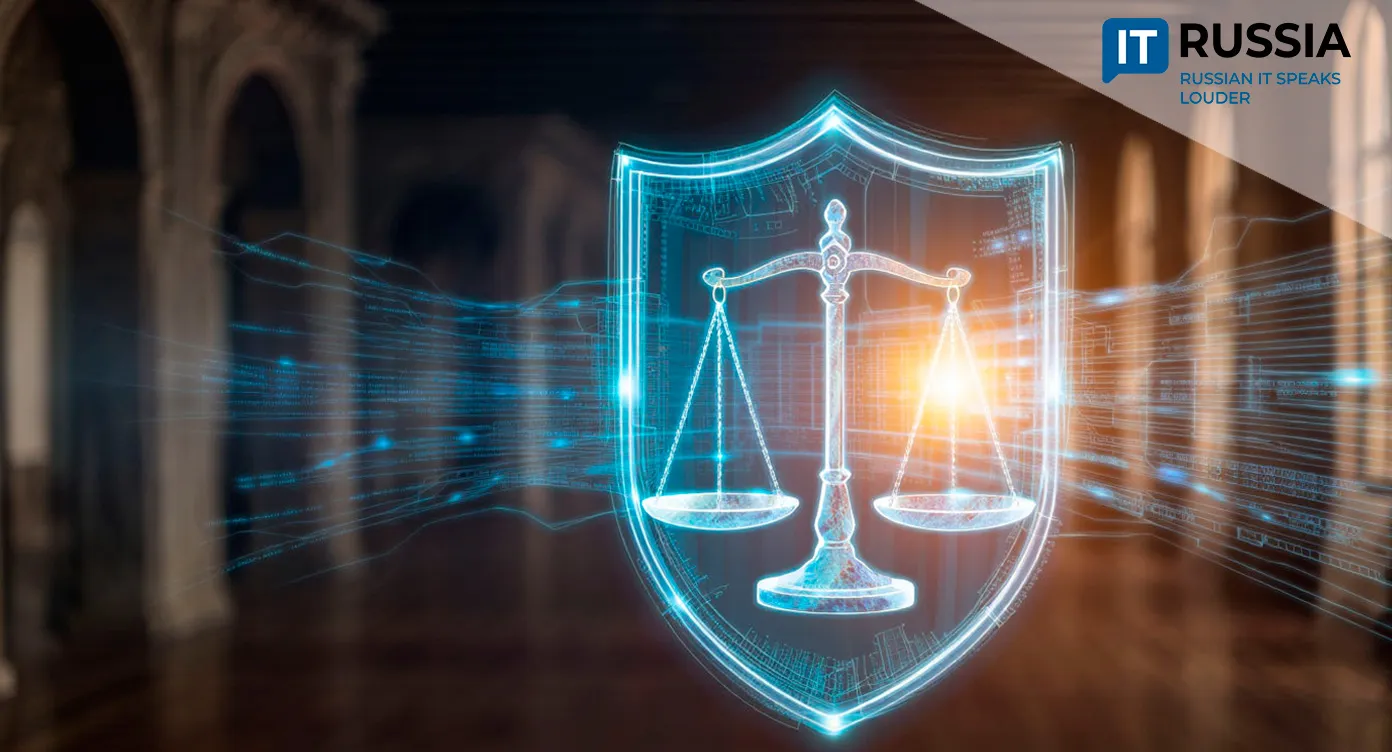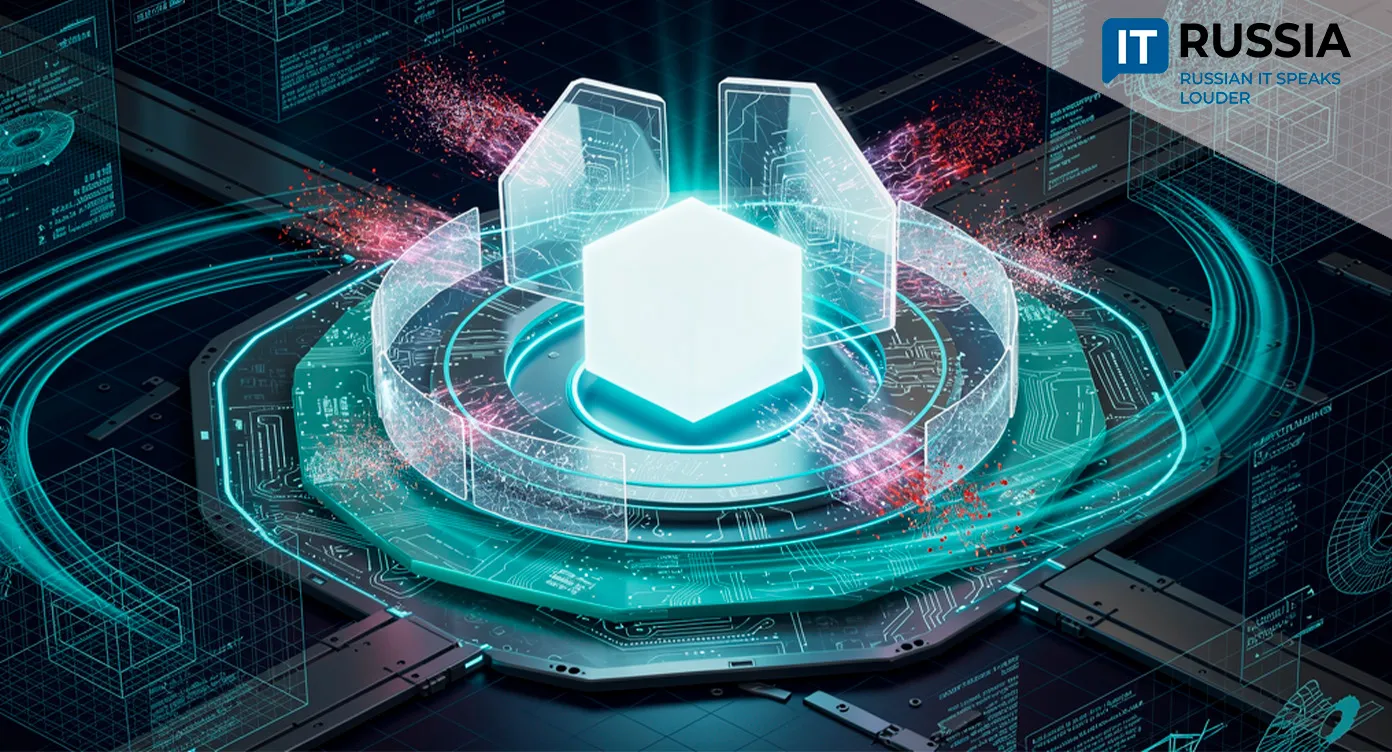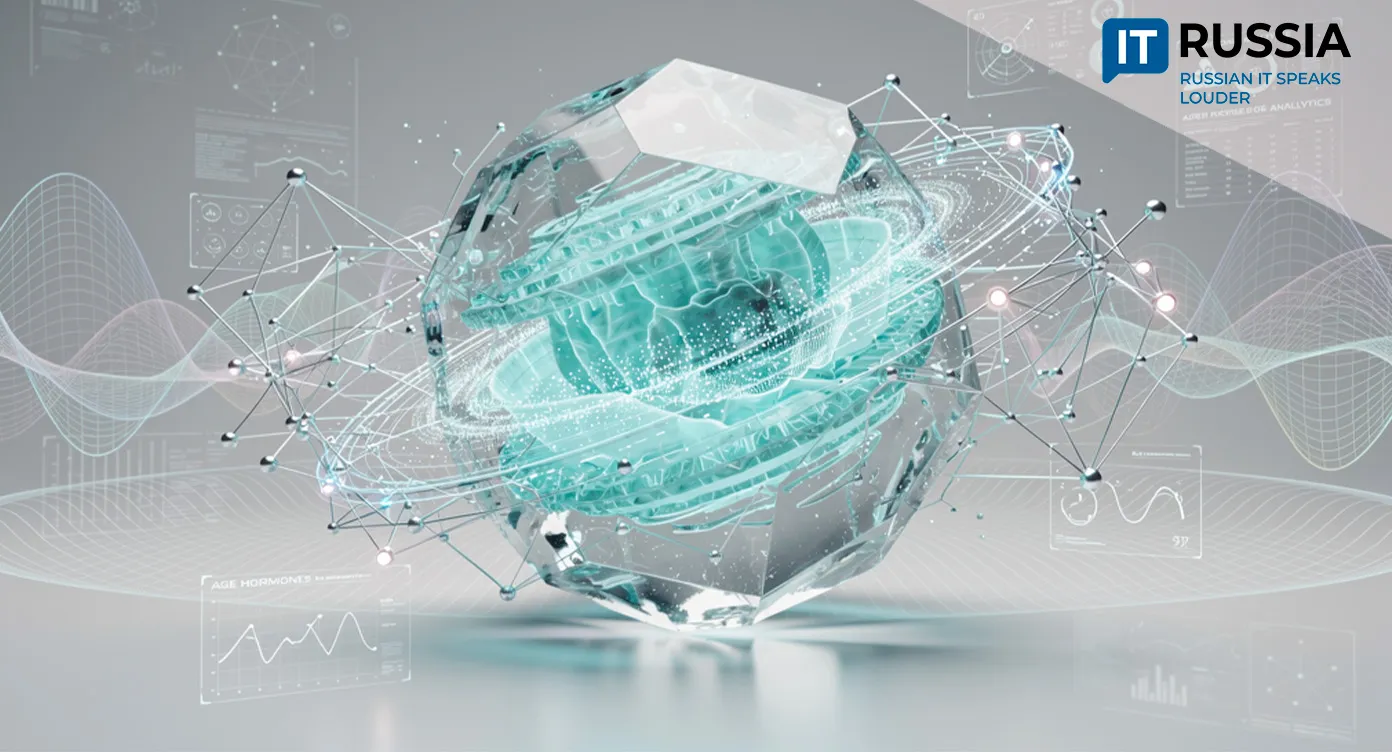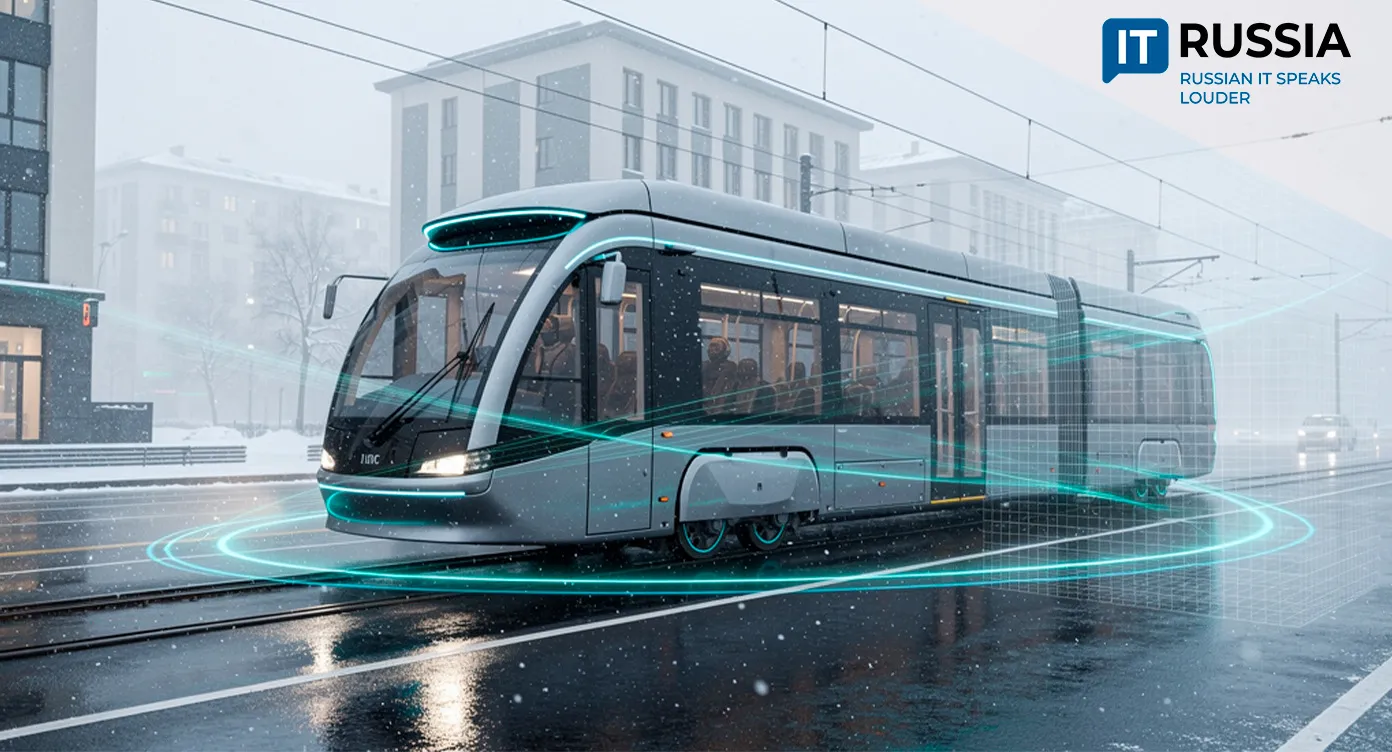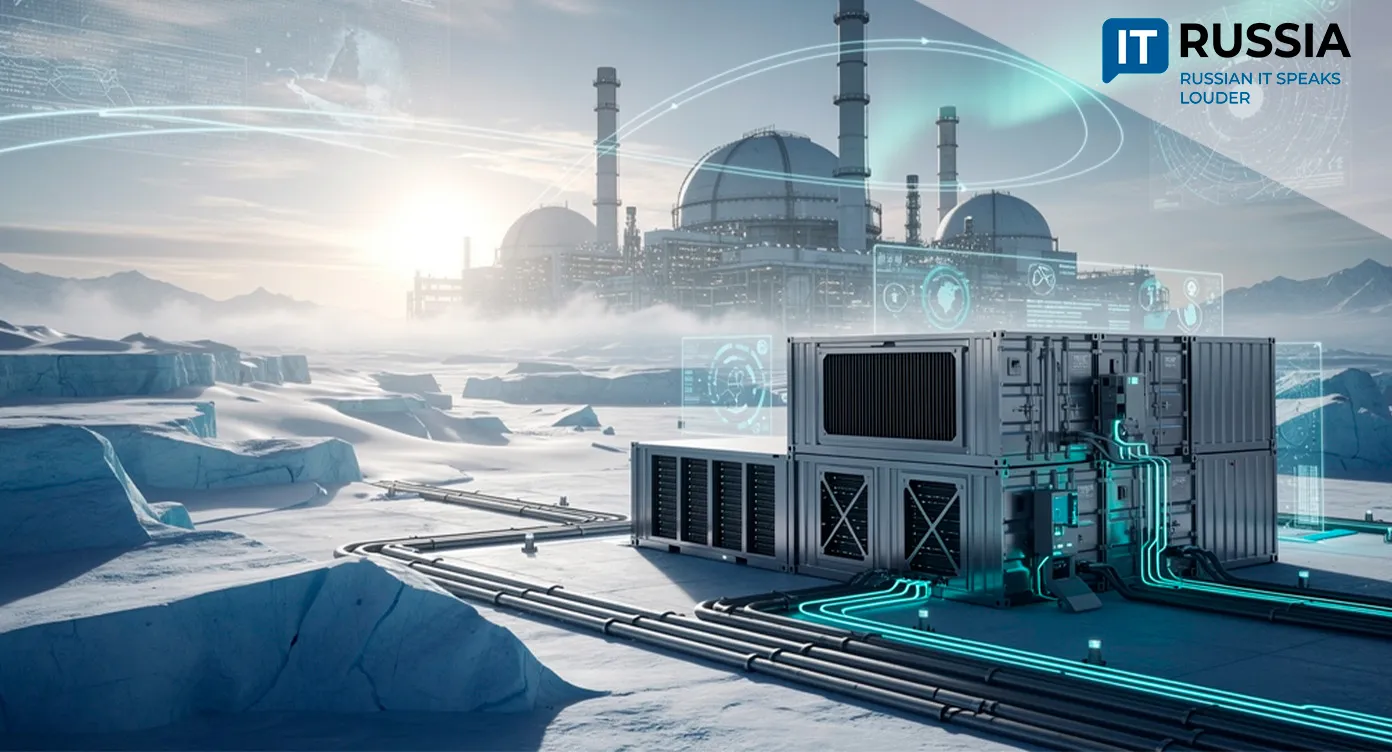Well Restarter: How Tatneft’s AI System Is Transforming Oil Production Efficiency
Tatneft has introduced an intelligent system that automates the process of returning oil wells to operational status after maintenance. Integrated into the company’s digital platform, the technology reduces emergency shutdowns and dramatically accelerates post-repair well start-ups.

Pioneer of the Year: AI Takes Control Underground
The development earned Tatneft the “Pioneer of the Year” award at the national Oil and Gas 5.0 industry competition. The innovation minimizes the human factor during the well restart phase, preventing shutdowns caused by incorrect launch parameters. The system continuously analyzes every well, automatically generates tasks, and monitors operations 24/7—greatly improving responsiveness while reducing operator workload.
The AI-based system goes beyond collecting SCADA/DCS sensor data. It analyzes this information in real time, predicts the optimal launch trajectory, and automatically issues control commands. As a result, the time required to bring a well back online has been reduced from several hours to mere tens of minutes. The outcomes are striking: non-productive oil output has dropped by 15%, and the number of emergency shutdowns has fallen by 10%.

A Global Shift Toward Active AI Operations
Russia’s oil and gas sector is undergoing a technological evolution. What once focused on data collection and monitoring is now transitioning to active process management. Tatneft’s case exemplifies how domestic IT innovation is moving to the core of production operations. Traditionally, restarting a well after maintenance was a complex, multi-step process requiring constant human supervision and expert adjustment. Operators manually set parameters based on experience and telemetry data—a process prone to long downtime and costly delays.
Head
Today, AI is moving beyond passive analytics toward direct operational control—a leap forward in technological maturity. The benefits are immediate: shorter downtime, reduced risk, and greater process standardization.
Economic Impact and Industry Momentum
For operators, the system delivers a clear economic return. Reducing downtime by up to 70–80% boosts oil output and cuts operating costs. As production costs remain a key competitive factor, such innovations are essential to sustaining profitability. The success of Tatneft’s AI-driven restart solution signals the broader readiness of Russian-made AI for industrial deployment. Other initiatives, such as the company’s adaptive control robotics and AI-driven drilling risk forecasting, are reinforcing a national trend: artificial intelligence is no longer a support tool but a central component of technological sovereignty.
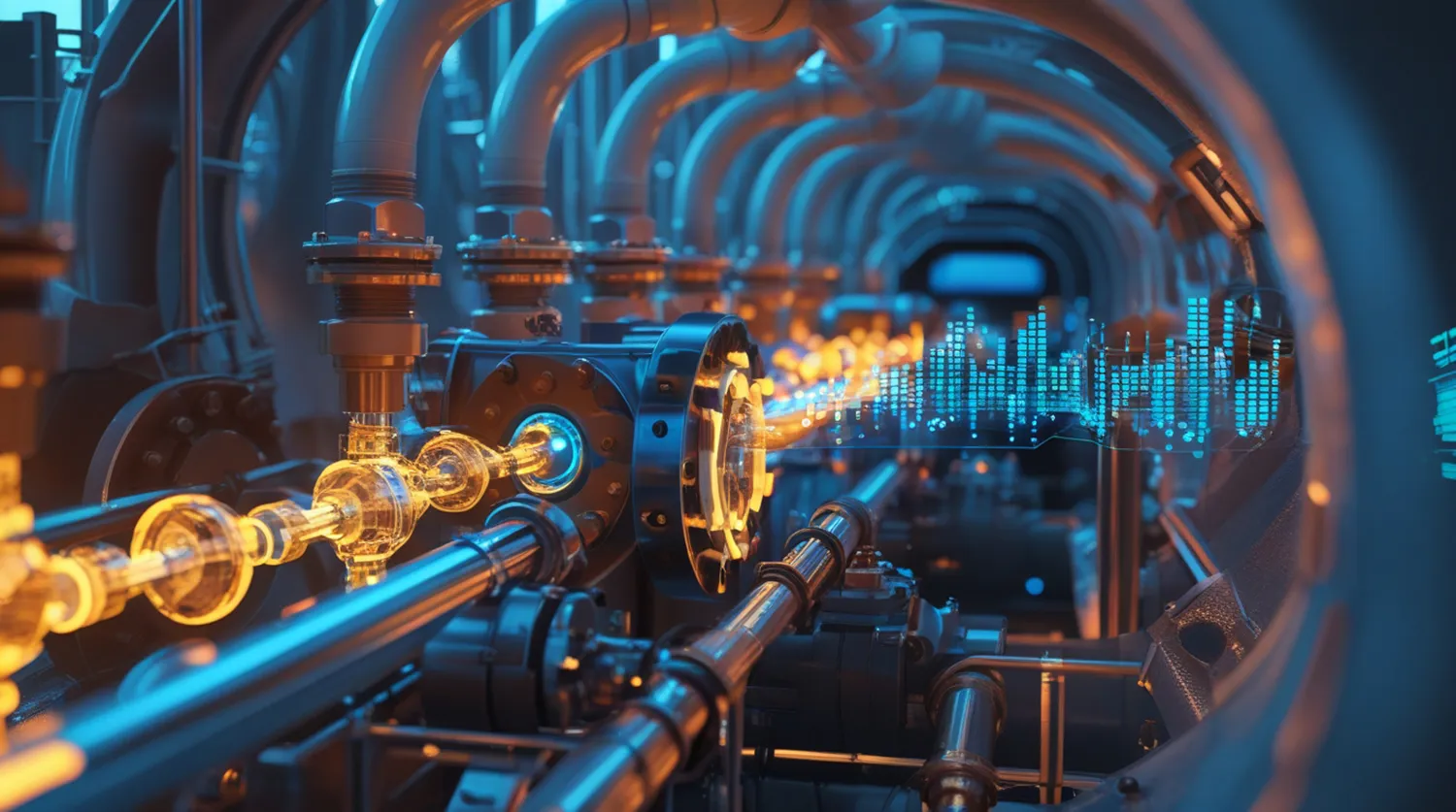
The demand for integrated, AI-compatible analytical models in the Russian IT sector is rising fast. Developers are shifting from standalone software toward comprehensive engineering solutions, capable of synchronizing with industrial systems and IIoT environments. This marks a new level of digital maturity and export potential for Russian technology providers.
Next Steps: Trust, Standards, and Human Partnershi
Tatneft plans to deploy the system across additional oilfields—particularly those with frequent repair cycles. Broader integration into the Industrial Internet of Things (IIoT) ecosystem is expected, alongside potential commercialization of “auto-start” modules by leading suppliers. Yet success depends on overcoming key challenges.

Reliability and trust are paramount. A data misinterpretation during a critical launch phase could trigger an accident. Establishing rigorous validation standards for AI models and testing them through digital twins will be essential. Equally important will be training personnel and ensuring that AI decision-making is transparent rather than a “black box” for engineers.



